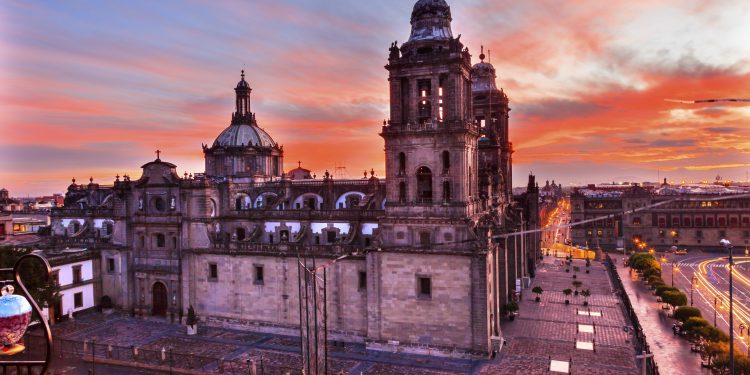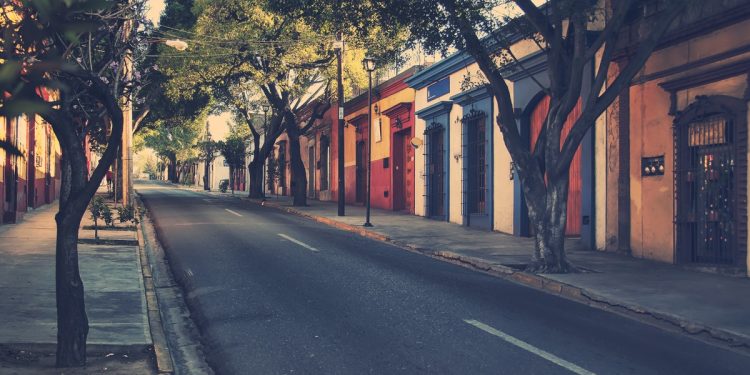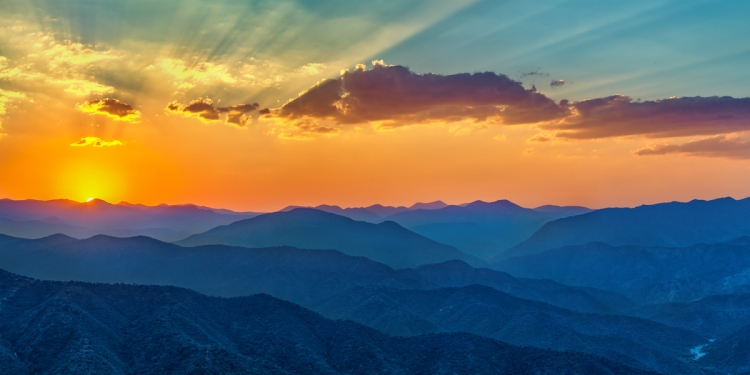Mexico abandons practice of clock changes after October 2022
In 2022, Mexico’s congressional representatives and Senate voted to eliminate the practice of changing the clocks in the spring and fall, with exceptions for municipalities bordering the US.
Daylight Savings Time in Mexico’s Central and Pacific time zones —which encompass most of the country including Mexico City— used to start on the first Sunday in April, several weeks later than in the U.S. where the clocks go forward one hour on the second Sunday in March.
Usually this creates a time difference for three weeks, although in some years the gap stretches to four weeks because of the calendar effect.
There were —and even after abandonment of the clock change regime— there remains an exception, that being most municipalities on Mexico’s northern border which move their clocks forward at the same time as the U.S. to make life easier for people who cross the border daily to study or work. (Sonora state, which borders Arizona, does not move its clocks.)
Daylight savings time has never been particularly popular in Mexico, a country with plenty of sunlight all year round, although after nearly a quarter of a century of it being applied —since 1996— complaints and efforts to overturn it had mostly died out until, in 2022, the Mexican Congress voted to abandon the clock-change and its Senate ratified the law.
The principal argument in favor of the measure is that it saves electricity by extending the hours of light in the evenings. This was always debatable and in Mexico as elsewhere in the world, many people are unconvinced that it is true. Mexican households saw no noticeable effect on their individual utility bills.
Mexico has dithered with different ways of applying daylight savings, including using it for just five months —May through September instead of April through October— in 2001. This Solomonic solution, aimed at addressing widespread dissatisfaction with the clock change, was short-lived.
The airline industry said it would cause havoc at Mexican airports—which it didn’t. The Mexico City mayor of the time —who became the Mexican president— took the case to the Supreme Court arguing that the executive branch didn’t have the authority to decree the change in the capital. The Supreme Court agreed and said only the Congress could authorize it—which it did. And thus, since 2002 Daylight Savings Time was observed in Mexico for seven months each year.
When the US extended daylight savings time to eight months a year in 2007, Mexico did not try to follow suit. But the Mexican stock markets —now there are two— open and close an hour earlier in local time until Mexico’s clocks catch up so that trading hours coincide with those in the US.
Horario de verano still has its fans in Mexico, particularly among office workers who get to go home while it’s still light. There are even people who say they wish daylight savings applied all year round.
Learn more about clocks and time zones in Mexico
Mexico has four time zones. Most of the country does not move its clocks each year, although certain municipalities along the northern border move their clocks in synch with their sister cities in the US.





